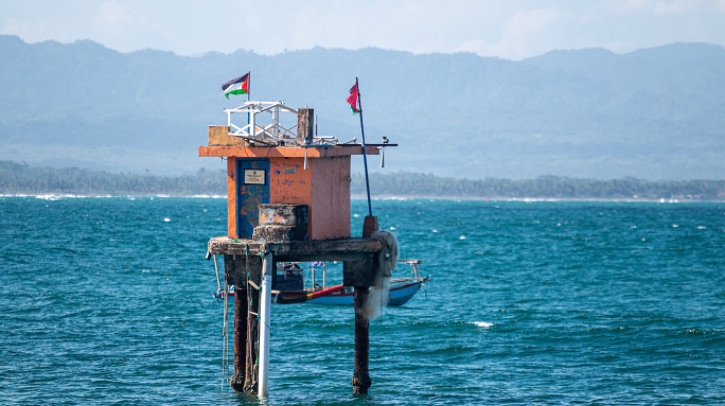At a gathering of tsunami experts and policymakers in Indonesia, UNESCO presented a dedicated roadmap to ensure that 100% of coastal communities worldwide are tsunami-ready by 2030.
Early warning infrastructure
The conference marked 20 years since the 2004 Indian Ocean tsunami and highlighted the critical role of UNESCO’s Indian Ocean Tsunami Warning and Mitigation System (IOTWMS) and the organization’s continued support for countries at high risk. Over the past two decades, UNESCO has worked to expand this system to all regions of the world, developing a vast network of monitoring infrastructure. Today, tens of thousands of seismometers, about 1,200 active sea-level stations, submarine cable observatories and deep-ocean tsunami buoys help to detect and measure large tsunamis with sufficient lead time to alert distant coastlines.
During the four-day UNESCO international conference, experts acknowledged that the world is “significantly better prepared today”, thanks to actions implemented under the coordination of UNESCO and its partners in tsunami science, warning systems and community preparedness.
Tsunami-ready populations
Audrey Azoulay, director-general of UNESCO, said, “Together, we have succeeded in making the world safer and better prepared for tsunamis. We have set up early warning systems and more than 30 countries have already benefited from UNESCO’s Tsunami Ready program to train their populations. But there is still much work to be done. We call on all our member states to continue their investments to ensure that coastal communities can respond swiftly and effectively when the threat arises.”
The UNESCO conference concluded with the adoption of the Banda Aceh Statement, a commitment by global experts and policymakers to improve the global tsunami warning and mitigation system for the next decade. This statement calls on states and civil society to drastically step up their investments and efforts in order to achieve 100% tsunami-ready communities across the world by 2030. Participants emphasized that reaching this universal status is a crucial goal, as over 700 million people live in coastal regions vulnerable to tsunami events.
As a testament to this collective commitment, the conference saw a number of new local communities across the region officially recognized as tsunami-ready, including 26 in India and 12 in Indonesia. A day was also devoted to real-time drills in two tsunami ready coastal villages near Banda Aceh to test the effectiveness of the training.
In related news, the WMO recently convened a top-level event on the UN secretary-general’s Early Warnings for All (EW4All) initiative, which has expanded to 30 more countries through 14 more projects. Click here to read the full story.



